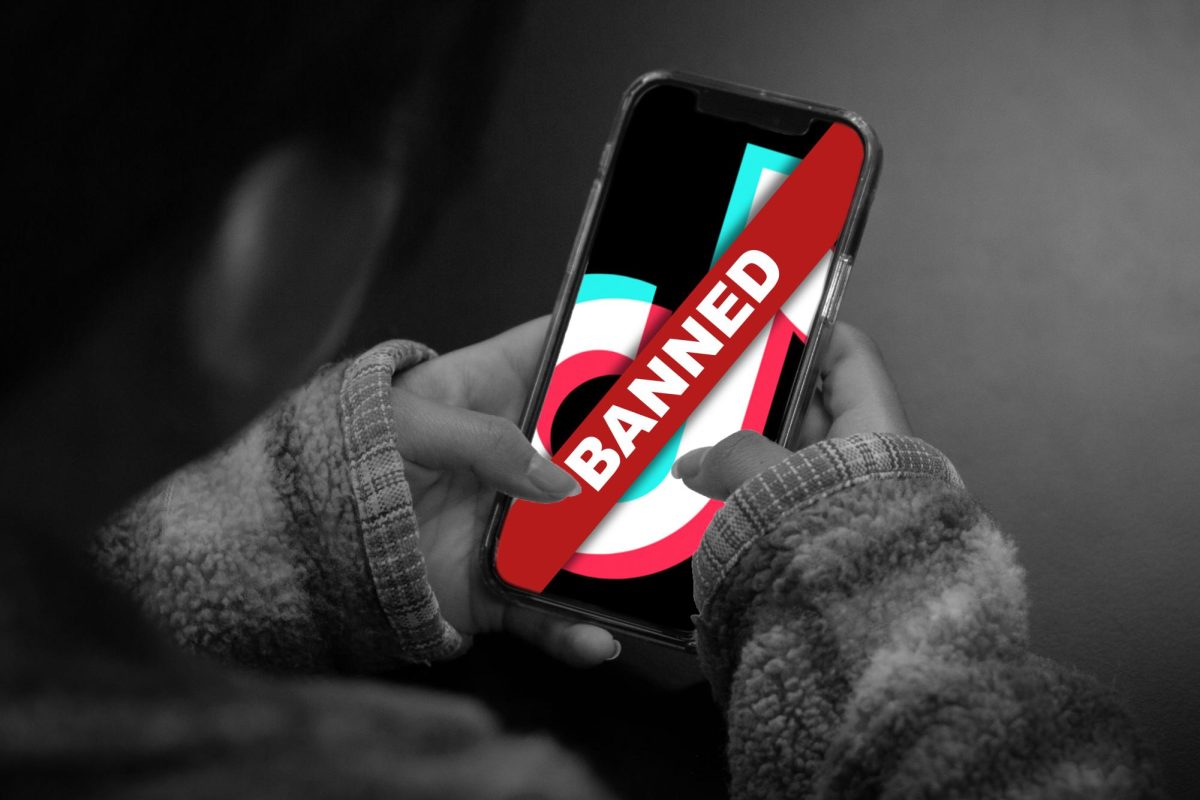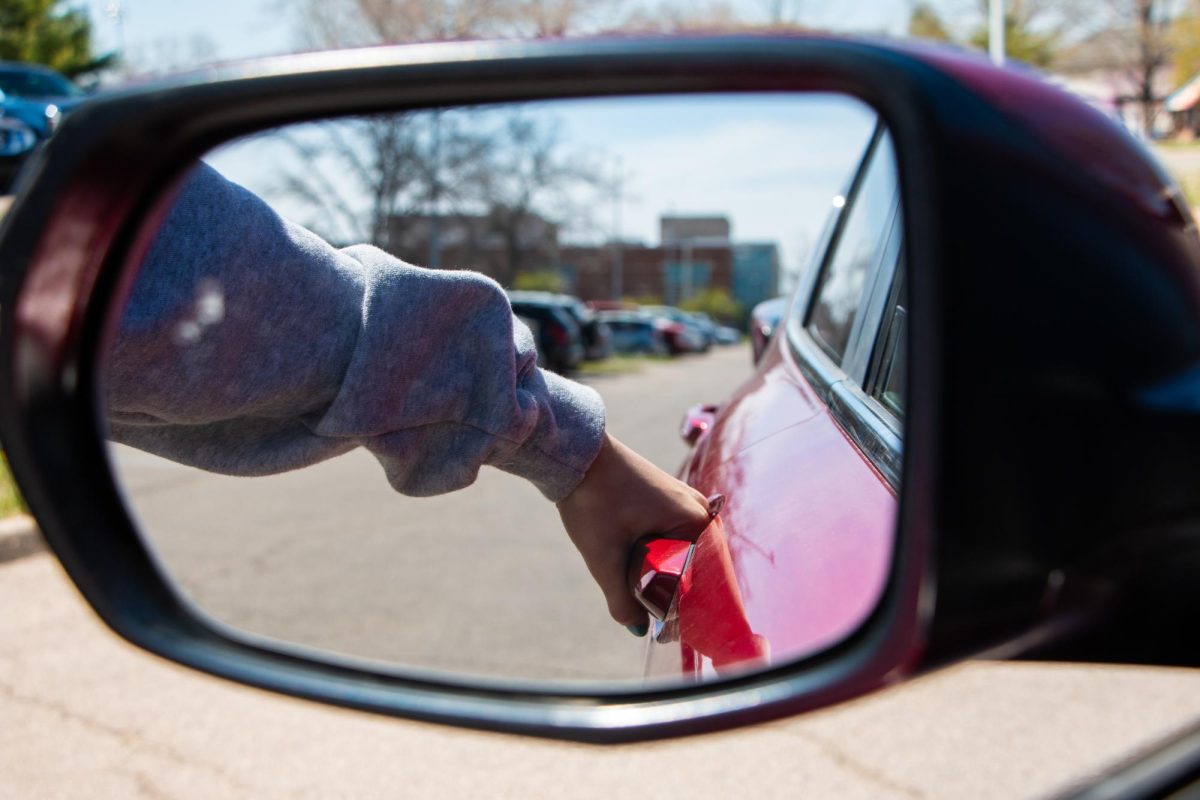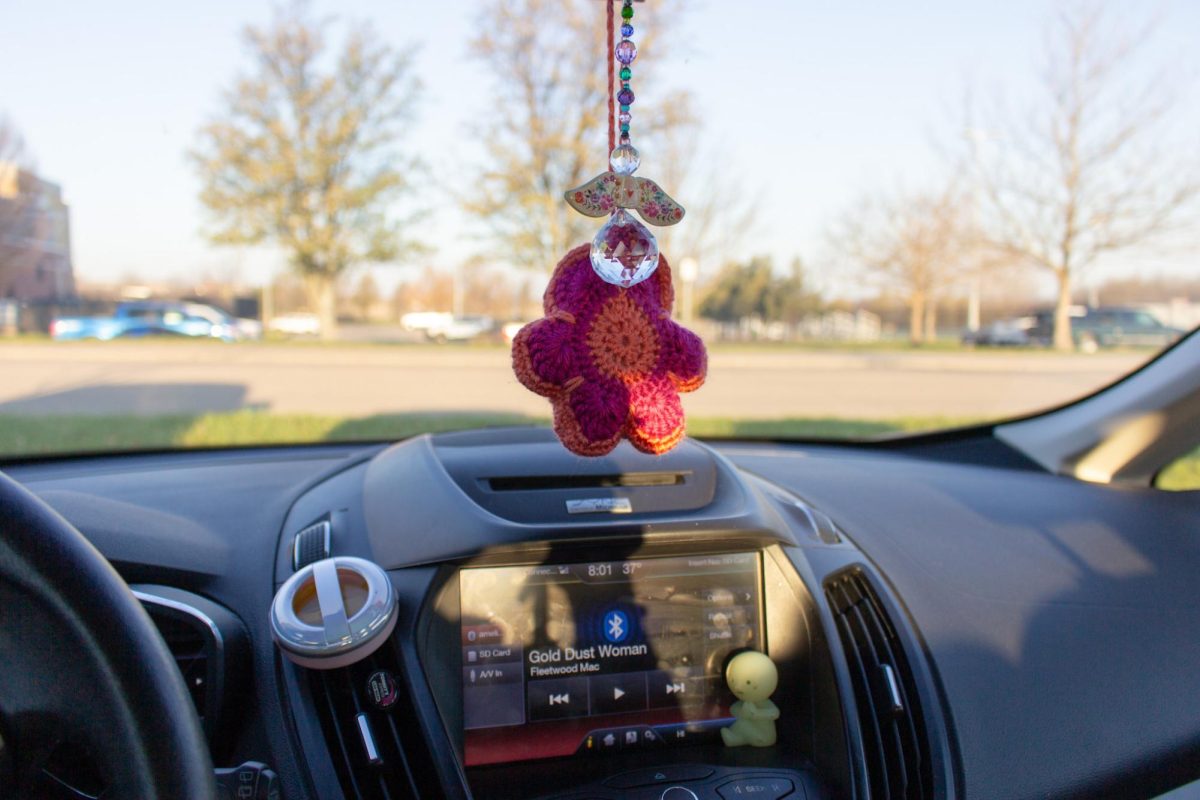The Hard Truth
One of the tabs on English teacher Alice Karakas’s website reads “Awareness.” Just a click away from homework assignments and term paper due dates lie several links leading to serious topics, including the infamous issue of text messaging and driving.
Despite widespread awareness about the dangers of distracted driving, cell phones continue to divert countless drivers’ eyes from risky roads to shining screens. The National Safety Council estimates that 28 percent of all automobile accidents involve wireless devices, and cell phone use is said to increase risk of a crash by 400 percent.
“It’s such an epidemic problem, and a lot of us don’t understand how dangerous it is yet,” Karakas said. “It’s something people do naturally.”
In a survey conducted by SADD (Students Against Destructive Decisions) in 2007, 50% of teenagers admitted to using cell phones while driving a vehicle.
“I don’t think young drivers text a lot when they start driving,” said Walter Olker of Go Driving School in Lawrence. “They’re too concerned initially with driving properly. The more comfortable they become driving, the more liable they are to start letting things distract them, like music, food, and cell phones. They naturally start gravitating toward their main communication means: texting.”
Lasting Consequences
The Human Factors and Ergonomics Society claims that cell phones on the roads account for 2,600 fatalities and 330,000 injuries annually, and it is almost universally accepted that teen drivers are more likely to be involved in such accidents than adults.
“What teenage drivers lack is the experience to identify possible problems as well as adult drivers,” said Olker. “Teenagers’ reaction times are better than most adults’, but when their attention is diverted by texting, that advantage is negated.”
If the possibility of becoming an insurance company’s statistic isn’t enough to keep drivers’ hands on the wheel, they should also know the legal consequences of distracted driving.
Kansas is one of 30 states, plus the District of Columbia, that bans all drivers from text messaging in their vehicles.
The Kansas Texting Law, in effect since January 1 of this year, disciplines any driver using a “wireless device to write, send or read a written communication” with a minimum fine of $60, not counting the $53 required for court costs.
Dangers of Denial
The question remains why many drivers are undeterred from paying more attention to their phones than to other cars.
“For the same reason all of us do silly things,” Olker explained. “‘It won’t happen to me.’”
Sophomore Patrick Liston, who took a Driver’s Education course with Go Driving, said he understands why some people cannot resist the urge to take their hands off the steering wheel to pick up their phones.
“They want to rush to answer the text message so the person doesn’t think they’re ignoring them,” he said.
Liston predicts that he will not fall into this trap, but Karakas believes that there can sometimes be a difference between what drivers say about their driving habits and how they actually drive.
“I think they consciously say that it’s dangerous,” Karakas said. “But then they get in their car and are like, ‘It’s not really that bad,’ or ‘I’m just doing it at the stoplight.’ I think people don’t think it’s actually as dangerous as they might say. I’m guilty of doing it in the past, and I had to make myself stop once I learned how dangerous it really is.”
Senior Taylor Beals also admits to having sent the occasional text from inside the confines of his car.
“I tend to not [text] while I’m actually driving, but if I’m at a red light, I probably do,” he said. “I think people are really tied to their technology by now. You have to be in contact with people at all times.”
Lesson Learned
Arguably the best way to prevent drivers from text messaging while driving is tried and true education.
“It’s something I think we should be more aware of,” Karakas said. “When you’re around teenagers and young people so often, you just realize how quickly they can be gone.”
Go Driving School includes the topic of text messaging within discussions about alcohol, drugs, fatigue, and distracted driving.
“All of these subjects involve less than full mental or physical attention to driving,” said Olker, who teaches this section of the curriculum with great care. “I try to get students to think beyond themselves and consider the effects of their driving under these conditions on other people. I don’t try to scare people; I want them to think. By trying to appeal to their sense of humanity I think we make a bigger impact.”












![After receiving advice from her students, orchestra director Judy Erpelding marks her music. Although the director normally makes the artistic decisions, Erpelding will often consult her students and hear their opinions on what sounds good and what they should try out. “[The students] are the heart of the program, not me,” Erpelding said. “I know they will carry that on and I will miss them. Making great music with them, being able to challenge them, taking their inspiration.”](https://www.fsfreepressonline.com/wp-content/uploads/2023/05/Roust_Erpelding_5_11_23-600x900.jpg)







